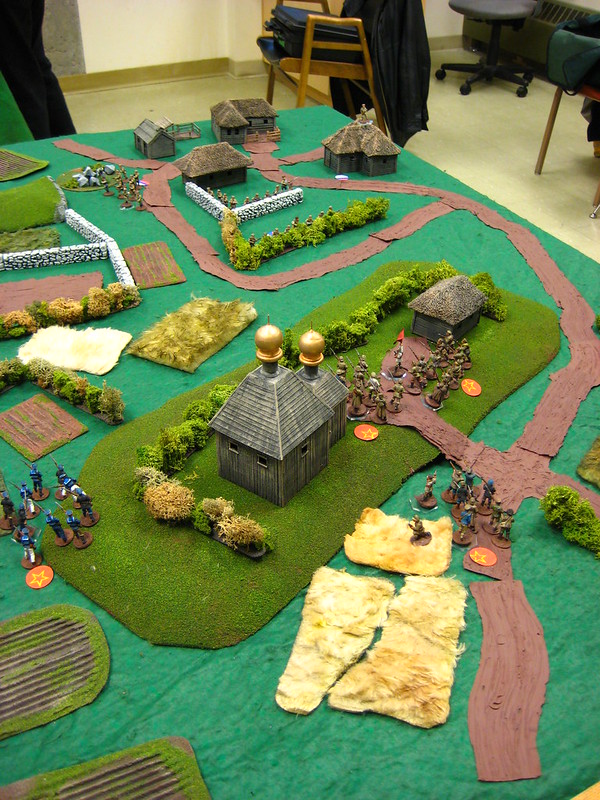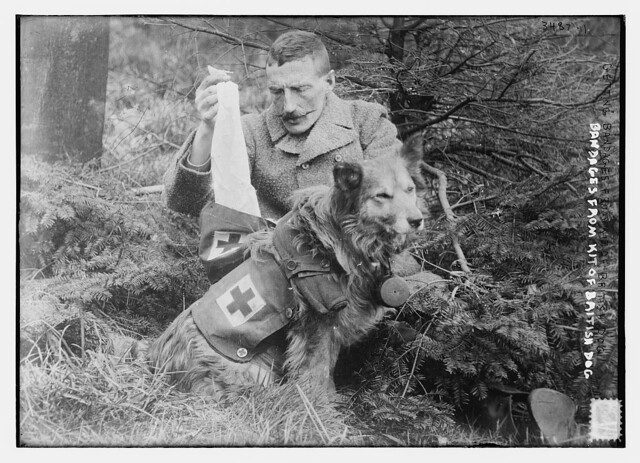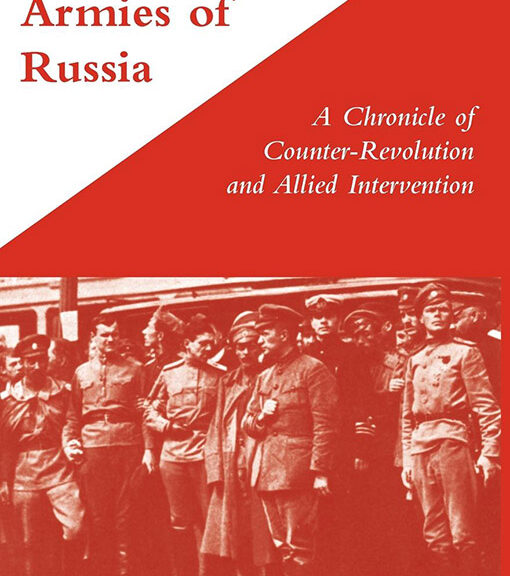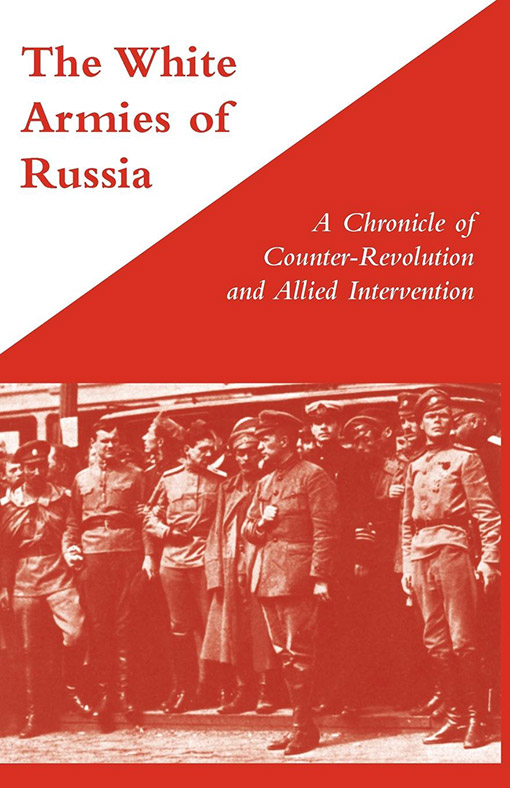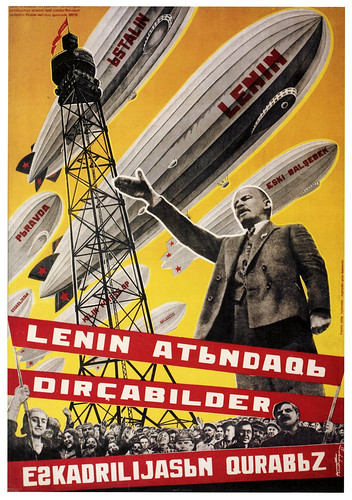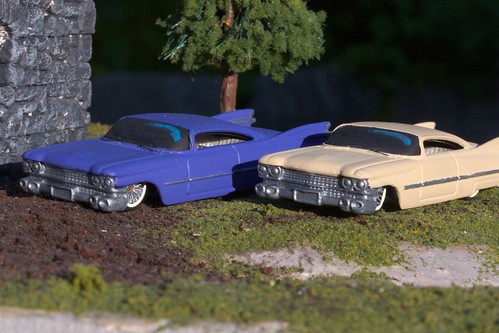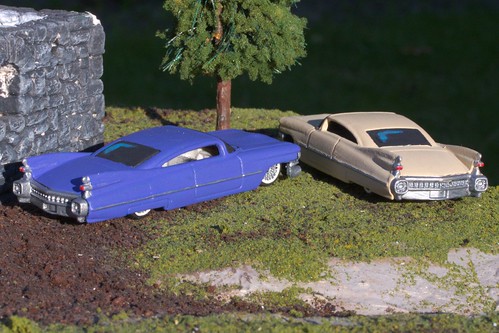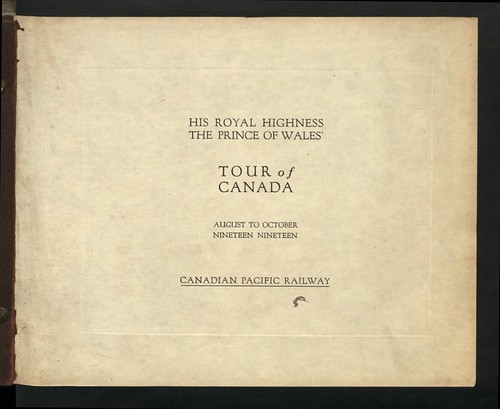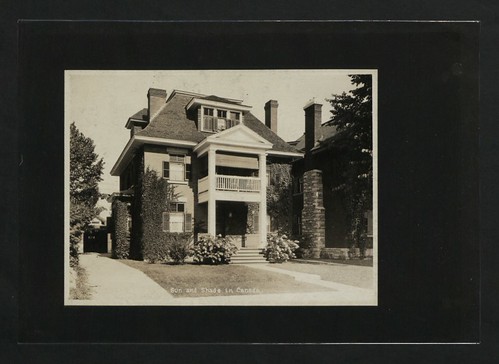Ran my first miniatures game in ages yesterday (Sunday), with a friend running the defending Whites and a co-worker/friend who’d never played Through the Mud & the Blood before running the attacking Reds. I gave the attackers about a 30% manpower advantage, although they were short of decent officers (as the Reds tended to be, especially earlier in the Russian Civil War).
The photo is from fairly early in the game, with Sean’s Reds working their way around and over the ridge with the chapel of St. Boris the Intoxicated on it. The Reds wound up taking up a firing line along the hedges on the far side of the ridge and clearing the hamlet beyond with sheer weight of fire, while the Red sailors on the far left worked their way across the hedges, trying single-handedly to assault the right flank of the White village. Supported by fire from the ridge they did succeed in destroying one White section entirely, but at ferocious cost to themselves – nearly 50% casualties. Other Red casualties were fairly light, while the Whites got pasted, taking at least 30% casualties to their entire force, two rifle sections rendered non-functional and the other two withdrawing at the end of the game with a few casualties each.
While both players had fun, and so did I, I’ll do a few things differently next time I run a game like this. I should have thrown a Reinforcements card into the deck for the Whites, with some reinforcements (another rifle section or two, or maybe something more potent like an armoured car) coming in after X turns of that card. I was also shocked at how rusty I’d become about the M&B rules. We did movement through rough ground wrong for the first few turns, which really made the initial Red advance a slog — thankfully they were mostly sheltered behind the ridge, so the only effect was to make the first few turns more boring! Thankfully, everything I got wrong affected both sides more or less equally, so while it irritated me it didn’t screw the game up too badly.
Sean, the Red player, had never played Mud & Blood before. I’m not sure, but this might have been his first non-GW miniatures game ever. He’s stoked for more, enjoyed the rules, and I’m sure we’ll have him back in the proto-USSR in the New Year. He said some interesting things about Mud & Blood that I’ll expand upon in a future post, too.

